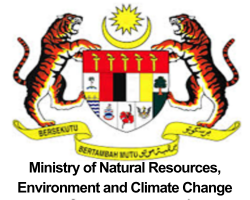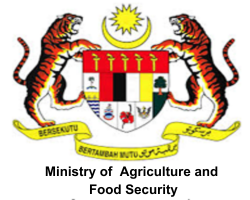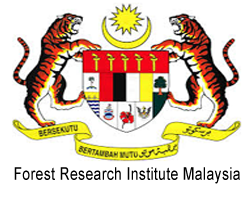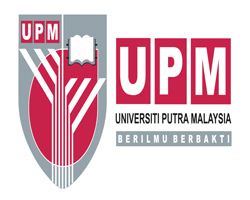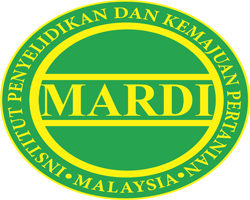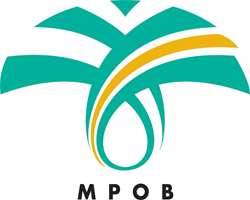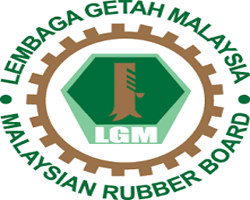Mat Amin, Mohd Zaffrie and Harun, Azahar and Rahim, Hairazi and Abdul Wahab, Mohd Amirul Mukmin and Haimid, Mohd Tarmizi and Mohd Yasar, Izatul Lail (2018) Consumers’ willingness to pay towards wild honey bee nesting site: the case of My Bee Savior Malaysia. [Journal / Magazine]
|
Text
Vol13_8.pdf Download (397kB) |
Abstract
Wild honey bee usually nesting in forest, trees and far from resident’s area, but recently, most of them were found in residential area either urban or rural area. Based on data from Non-Government Organisation named My Bee Savior who form a team to move these wild honey bees from residential areas to safer places. The majority of complaints they got were nesting in house structure and home furniture. However, this NGO not well known because most of the people makes complaints directs to local authorities. The main problem with local authorities was they destroy the nest because following their standard operating procedure. Such of that action can affect the bee and the environment. This study is to determine consumers’ willingness to pay (WTP) for wild honey bee nesting sites with reference to My Bee Savior a Malaysia non-government organisation (NGO) initiated by the Malaysian Agricultural Research and Development Institute (MARDI). A total of 812 respondents were interviewed for this purpose. The contingent valuation method (CVM) was used to determine consumers’ WTP for the wild honey bee rescue. Logistic regression analysis shows that the bid price, the true value of willingness contributions and the type of work affect the individual’s willingness to contribute to the trust funds fund to preserve the wild honey bee species in the country. Based on this study, it was found that the majority of respondents (84.4%) agreed to contribute to the trust fund with amounts varies, but most of them not aware the existing of My Bee Savior. However, average amount WTP for wild bee activity is RM19.59 per person. This result could be used as a guide to develop policies and strategies for funding the conservation of the wild honey bee in the country. The amount of money could be derived for example, by allocating part of the tax payers’ contribution to be channeled to relevant parties responsible for maintaining the wild honey bee species.
| Item Type: | Journal / Magazine |
|---|---|
| Creators: | Mat Amin, Mohd Zaffrie and Harun, Azahar and Rahim, Hairazi and Abdul Wahab, Mohd Amirul Mukmin and Haimid, Mohd Tarmizi and Mohd Yasar, Izatul Lail |
| Title: | Consumers’ willingness to pay towards wild honey bee nesting site: the case of My Bee Savior Malaysia |
| Date: | 2018 |
| Location: | Institut Penyelidikan Dan Kemajuan Pertanian Malaysia (MARDI) website |
| Publication: | Institut Penyelidikan Dan Kemajuan Pertanian Malaysia (MARDI) |
| Volume: | 13 |
| Physical Description: | 11p. |
| Additional Information: | Kesanggupan pengguna untuk membayar terhadap tempat bersarang lebah madu liar: Kajian kes Penyelamat Lebah Malaysia |
| Agency Name: | Universiti Putra Malaysia (UPM) |
| Date Deposited: | 30 Aug 2021 05:25 |
| Last Modified: | 30 Aug 2021 05:25 |
| URI: | http://myagric.upm.edu.my/id/eprint/17595 |
Actions (login required)
 |
View Item |

